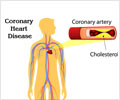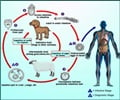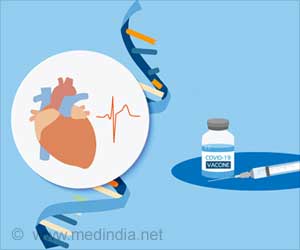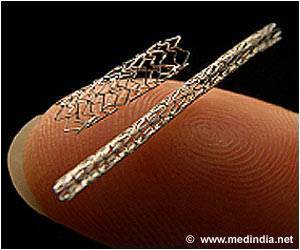Results of a study that examined compliance with national recommendations that a physician screen chest pain patients within 10 minutes of their arrival to the Emergency Department
Results of a study that examined compliance with national recommendations that a physician screen chest pain patients within 10 minutes of their arrival to the Emergency Department (ED) will be presented by Emory University Rollins School of Public Health researchers at the American Public Health Association's annual meeting in Philadelphia on November 10.
Additional public health research findings from Emory scientists are highlighted below.Disparities in emergency room waiting times for chest pain patientsThe American College of Cardiology and the American Heart Association recommend an electrocardiogram be performed and shown to a physician within 10 minutes of a chest pain patient's arrival to the emergency department (ED). Emory researchers examined disparities in waiting times to see a physician for patients complaining of chest pain.
They found that only 30 percent of all chest pain patients were seen within the recommended 10 minutes. In addition, racial disparities affected all chest pain patients. African Americans were seen by an ED physician later than whites, researchers noted.
Data were extracted from the 2003-2006 National Hospital Ambulatory Medical Care Survey.
Untangling the Web: An exploratory look at the impact of parental discipline and primary caregiver support on high-risk taking behaviorAfrican-American females are at greater risk of contracting a sexually transmitted infection (STI) during adolescence as compared to other ethnic groups. The objective of this study was to test the interaction of familial factors as they relate to adolescent risk-taking behaviors.
Researchers found that caregiver support and discipline was associated with a reduction in adolescents' risk-taking behaviors, including choosing risky sexual partners, having multiple sexual partners, and drinking alcohol.
RAS
 MEDINDIA
MEDINDIA




 Email
Email










